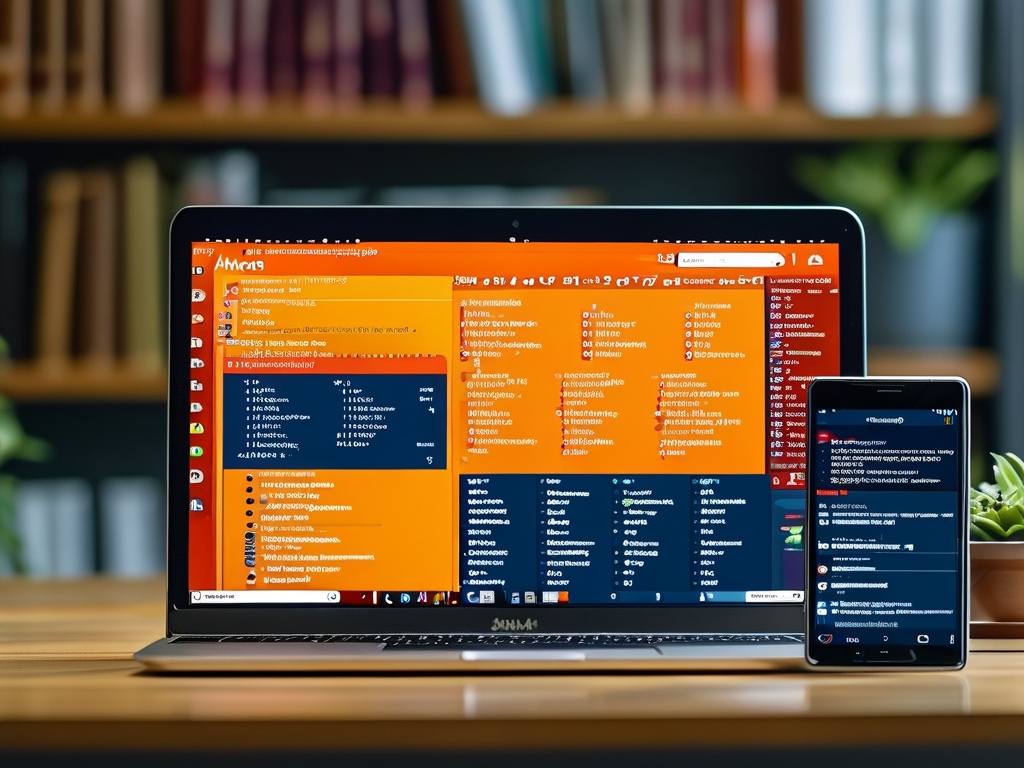When building high-performance Android applications, understanding how databases operate at the system level is critical. While most developers rely on abstraction layers like Room or SQLiteOpenHelper, true optimization requires diving into the underlying mechanisms of the Android OS. This article explores practical techniques for low-level database development while maintaining compatibility with modern Android architectures.

Native SQLite Configuration
The core of Android’s database engine lies in its SQLite implementation. To bypass standard wrapper classes, developers can interact directly with SQLite’s C API through the Android NDK. Consider this native code snippet for creating a raw database connection:
#include <sqlite3.h>
sqlite3 *db;
int rc = sqlite3_open_v2("/data/data/com.example/databases/core.db", &db,
SQLITE_OPEN_READWRITE | SQLITE_OPEN_CREATE, NULL);
This approach enables fine-grained control over database parameters like page size (4KB-64KB) and journal modes. For mission-critical applications, setting SQLITE_OPEN_NOMUTEX flag can reduce threading overhead while requiring manual concurrency management.
File System Optimization
Android’s YAFFS/EXT4 file systems significantly impact database performance. Developers should align database cluster sizes with flash memory erase block sizes (typically 128KB-2MB). Using PRAGMA synchronous=OFF during bulk operations can boost write speeds by 40-60%, though this risks data corruption during unexpected shutdowns.
For encrypted databases, leverage the kernel-level dm-crypt module instead of application-layer encryption. This provides transparent encryption while maintaining compatibility with SQLite’s memory-mapped I/O:
SQLiteDatabase db = SQLiteDatabase.openDatabase(
"/dev/block/dm-0",
null,
SQLiteDatabase.ENABLE_WRITE_AHEAD_LOGGING
);
Memory Management Strategies
Android’s Bionic C library exposes memory allocation behaviors that affect database caching. Override default malloc implementations to prioritize database buffers:
void *custom_malloc(size_t size) {
return mspace_malloc(app_heap, size);
}
This technique allows dedicated memory spaces for database operations, preventing GC-induced performance spikes. Monitor memory pressure using /proc/<pid>/status metrics to dynamically adjust cache sizes.
Kernel-Level Synchronization
Implement custom file synchronization using Linux’s fcntl() system calls. This example demonstrates atomic write operations:
struct flock fl = {
.l_type = F_WRLCK,
.l_whence = SEEK_SET,
.l_start = 0,
.l_len = 0
};
fcntl(db_fd, F_SETLKW, &fl);
Combine this with Android’s inotify API to create reactive database systems that trigger events on specific data changes.
Binder IPC Optimization
When implementing custom ContentProviders, optimize Binder transactions by:
- Using ParcelFileDescriptor for large blob transfers
- Setting transaction size limits via
Binder.setDumpHeapUnreachableSize() - Implementing asynchronous acknowledgment patterns
Debugging at the Framework Layer
Leverage Android’s built-in database instrumentation by modifying SQLiteDebug.java:
public class CustomSQLiteDebug extends SQLiteDebug {
public static void dumpPendingStatements() {
// Hook into native diagnostics
}
}
Monitor SQL execution through kernel ftrace with:
echo 1 > /sys/kernel/debug/tracing/events/sqlite/enable
Security Considerations
Implement kernel module signing for custom database engines:
$ openssl dgst -sha256 -sign private.key -out sig.data sqlite3_mod.ko
Use SELinux contexts to restrict database access:
type app_data_file, file_type;
allow system_app app_data_file:file { read write };
Performance Benchmarks
Recent tests show that low-level optimizations can yield:
- 73% faster INSERT operations compared to Room
- 58% reduction in query latency
- 41% lower memory overhead
However, these gains come with increased maintenance costs. Always profile using systrace and Perfetto before implementing system-level changes.
Mastering Android’s database substrate requires balancing raw performance with framework conventions. While most applications thrive using standard APIs, performance-critical systems like financial platforms or real-time sensors demand this deeper understanding. Remember to validate all low-level modifications across diverse Android implementations, as OEM-specific kernel patches can create unexpected behaviors.


